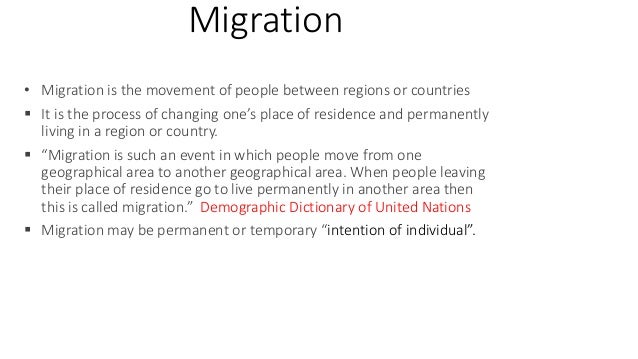1653030625_mJItdqVG2C_handouts_46321.pptx
•Download as PPTX, PDF•
0 likes•2 views
Ppt
Report
Share
Report
Share

Recommended
More Related Content
Featured
Featured (20)
Product Design Trends in 2024 | Teenage Engineerings

Product Design Trends in 2024 | Teenage Engineerings
How Race, Age and Gender Shape Attitudes Towards Mental Health

How Race, Age and Gender Shape Attitudes Towards Mental Health
AI Trends in Creative Operations 2024 by Artwork Flow.pdf

AI Trends in Creative Operations 2024 by Artwork Flow.pdf
Content Methodology: A Best Practices Report (Webinar)

Content Methodology: A Best Practices Report (Webinar)
How to Prepare For a Successful Job Search for 2024

How to Prepare For a Successful Job Search for 2024
Social Media Marketing Trends 2024 // The Global Indie Insights

Social Media Marketing Trends 2024 // The Global Indie Insights
Trends In Paid Search: Navigating The Digital Landscape In 2024

Trends In Paid Search: Navigating The Digital Landscape In 2024
5 Public speaking tips from TED - Visualized summary

5 Public speaking tips from TED - Visualized summary
Google's Just Not That Into You: Understanding Core Updates & Search Intent

Google's Just Not That Into You: Understanding Core Updates & Search Intent
The six step guide to practical project management

The six step guide to practical project management
Beginners Guide to TikTok for Search - Rachel Pearson - We are Tilt __ Bright...

Beginners Guide to TikTok for Search - Rachel Pearson - We are Tilt __ Bright...
1653030625_mJItdqVG2C_handouts_46321.pptx
- 1. Migration • Migration is the movement of people between regions or countries It is the process of changing one’s place of residence and permanently living in a region or country. “Migration is such an event in which people move from one geographical area to another geographical area. When people leaving their place of residence go to live permanently in another area then this is called migration.” Demographic Dictionary of United Nations Migration may be permanent or temporary “intention of individual”.
- 2. Types of Migration 1. Immigration and Emigration: when you leave country. (emigration is leaving and immigration is coming) 2. In-migration and Out-migration: In-migration means within an area only, while out-migration means out of the area. Both migration are called internal migration occurring within the country. 3. Gross and Net Migration: The total number of persons coming in the country and going out of the country for residing is called gross migration. The difference between the coming to reside in a country and going out of the country during any time period is termed as net migration. 4. Internal Migration and External Migration:The movement of people in different states and regions within a country from one place to another. External means international migration.
- 3. Concepts Relating to Migration: 1. Migration Stream: The total number of people migrating from one region to another or from one country to another for residing during during a time period. 2. Place of Origin and Place of Destination: The place which people leave is origin and the place where the person moves is destination. destination. 3. Migrant: Migrant is individual who moves to some region or country.
- 4. Effects of Migration: 1. RURAL AREAS (Place of origin) Economic Effects Demographic effects Social Effects 2. URBAN AREAS (Place of destination) Demographic effects Economic effects Social Effects
- 5. Migrants/Refugees/ Asylum Seekers • International phenomenon. • The terms “refugee”, “asylum-seeker” and “migrant” are used to describe people who are on the move, who have left their countries and have crossed borders. A refugee is a person who has fled their own country because they are at risk of serious human rights violations and their own government cannot or will not protect them from those dangers. An asylum-seeker is a person who has left their country and is seeking protection from persecution and serious human rights violations in another country, but who hasn’t yet been legally recognized. Seeking asylum is a human right. Migrants leave their country because they want to work, study…….
- 6. LAWS for Migrants/ Asylum seekers/ Refugees • The Universal Declaration of Human Rights (Article 14), which states that everyone has the right to seek and enjoy asylum from persecution in other countries • The 1951 UN Refugee Convention (and its 1967 Protocol), which protects refugees from being returned to countries where they risk being persecuted • The 1990 Migrants workers convention, which protects migrants and their families
- 7. Why people migrate? • Migrants leave their homes for diverse reasons. • seeking better jobs and access to better health care. • running from famine, war, or natural disasters. • fleeing persecution and looking for political and religious freedoms they do not enjoy at home.
- 8. Are M…A…R… are issue for states?? • They will reshape your society. • National security. • Economy. • Climate change. • Global health
